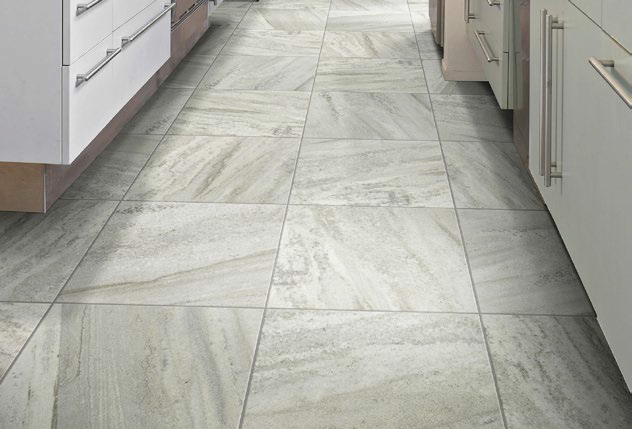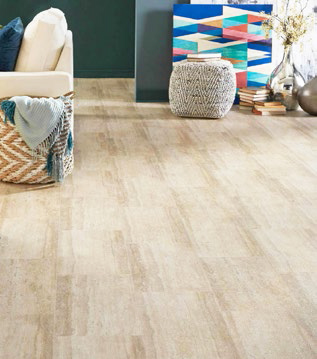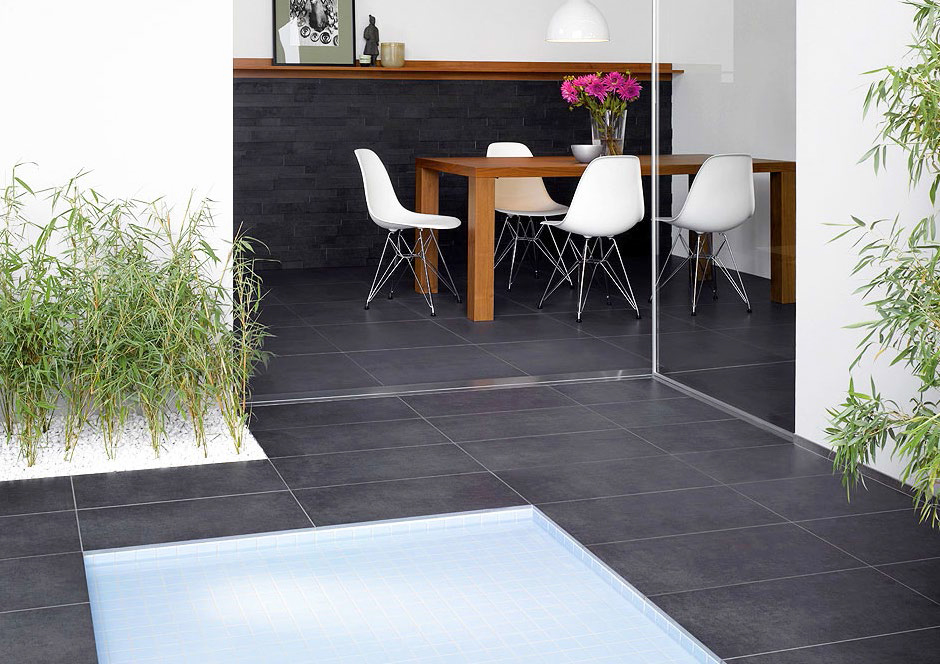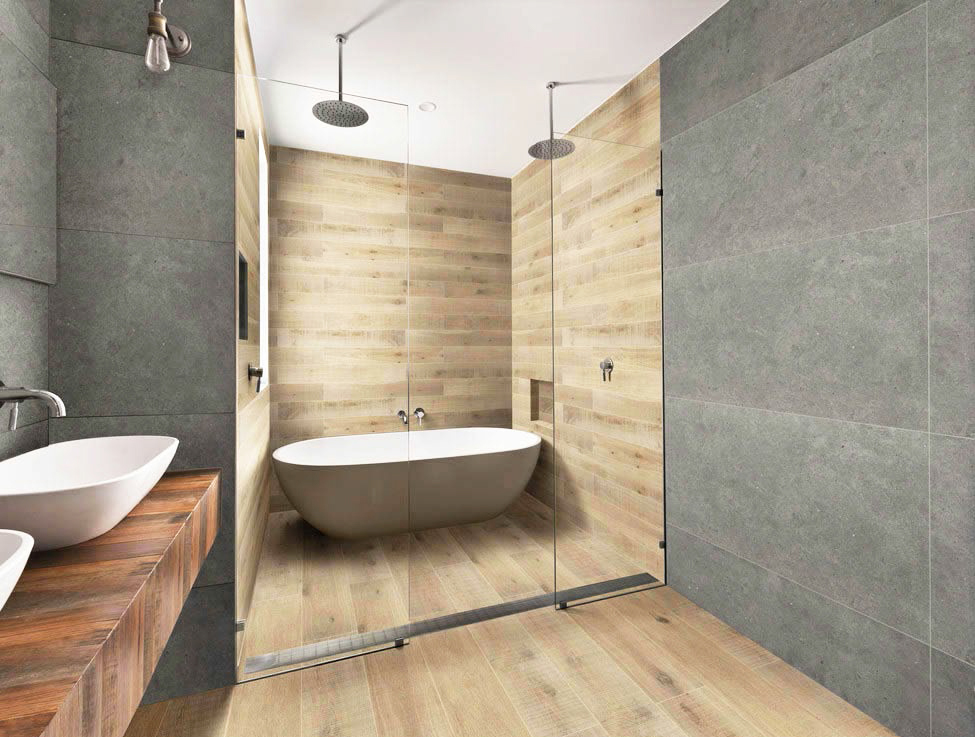Grounded in Nature - Page 3
 |
|
|
 |
|
|
 |
|
|
 |
|
|
There are a number of benefits to MLF. One of the most important is appearance. New digital graphic technologies are creating floors that look more like real hardwood or stone, with fewer repeating planks. It has a soft matte finish, eliminating the 'plastic' look of old-school vinyl floors.
MLF also provides superior performance. We have all seen floors that have warped or gapped over time. Multilayer flooring provides a snug structured overlay to a slab and is also moisture-resistant, and in some cases, waterproof. In contrast, hardwoods can be severely damaged if they get wet or are installed in humid environments. Today's new MLF can withstand exposure to moisture, especially in spaces like bathrooms, laundry rooms, and kitchens.
MLF offers easier installation than traditional hardwood or vinyl. There is little preparation required, which helps to cut down on installation costs. Many MLF brands are installed with a simple click-and-lock installation, which makes installation fast and less complicated.
Alfresco living
No trend emphasizes the connection with the outdoors—or works as well with clean-lined mid-century style—than seamless flooring indoors and out. Of course, traditional concrete flooring installations are always an option to achieve this look, but porcelain tile manufacturers are producing more products than ever before to help homeowners blend spaces through large-format collections that transition seamlessly.
Whether you have traditional sliding doors or a moveable sliding glass wall, you can now install tile on both sides of those doors that makes the indoor and outdoor spaces visually connect.
Porcelain tile comes in a spectrum of colors and styles that can emulate the look of concrete, hardwood, or natural stone. In fact, new printing technology makes it possible for companies to recreate almost any look found in nature—be it slate, marble, travertine, or oak.
Size-wise, bigger is better in tile flooring installations, and today sizes for square configurations reach up to three feet, and rectangles up to four feet in length.
Tile manufacturers often offer a variety of sizes and trim pieces so that you can customize the layout of your floor. They also provide different finish options, which are nearly imperceptible to the eye, and a variety of textures for indoor and outdoor use that allow for appropriate slip resistance in patios and pool areas.
Radiant heat considerations
Installing any new flooring over radiant-heat systems requires some special attention. According to Jon Namba, a Salt Lake City-based certified floor-covering installer and industry consultant, flooring manufacturers usually limit the maximum temperature to 80 to 85 degrees Fahrenheit.
Slow, incremental heating adjustments will help to keep floors from experiencing shock, while sudden adjustments may cause problems. A safe measure, to ensure the longevity of tile floor, is to only make two-degree adjustments in radiant heat every 24 hours, Namba adds.
Radiant heat transforms hard, cold tile into a warm and comfortable surface. Porcelain tile works well with radiant heating because they are thin, dense, and conduct heat well.
There are a variety of methods for installing tile and stone over radiant-heat systems, and many professionals recommend the use of a crack isolation membrane, which provides a flexible layer below the tile that allows the surface to expand and contract, thus reducing the likelihood that tile will crack with fluctuating temperatures.




